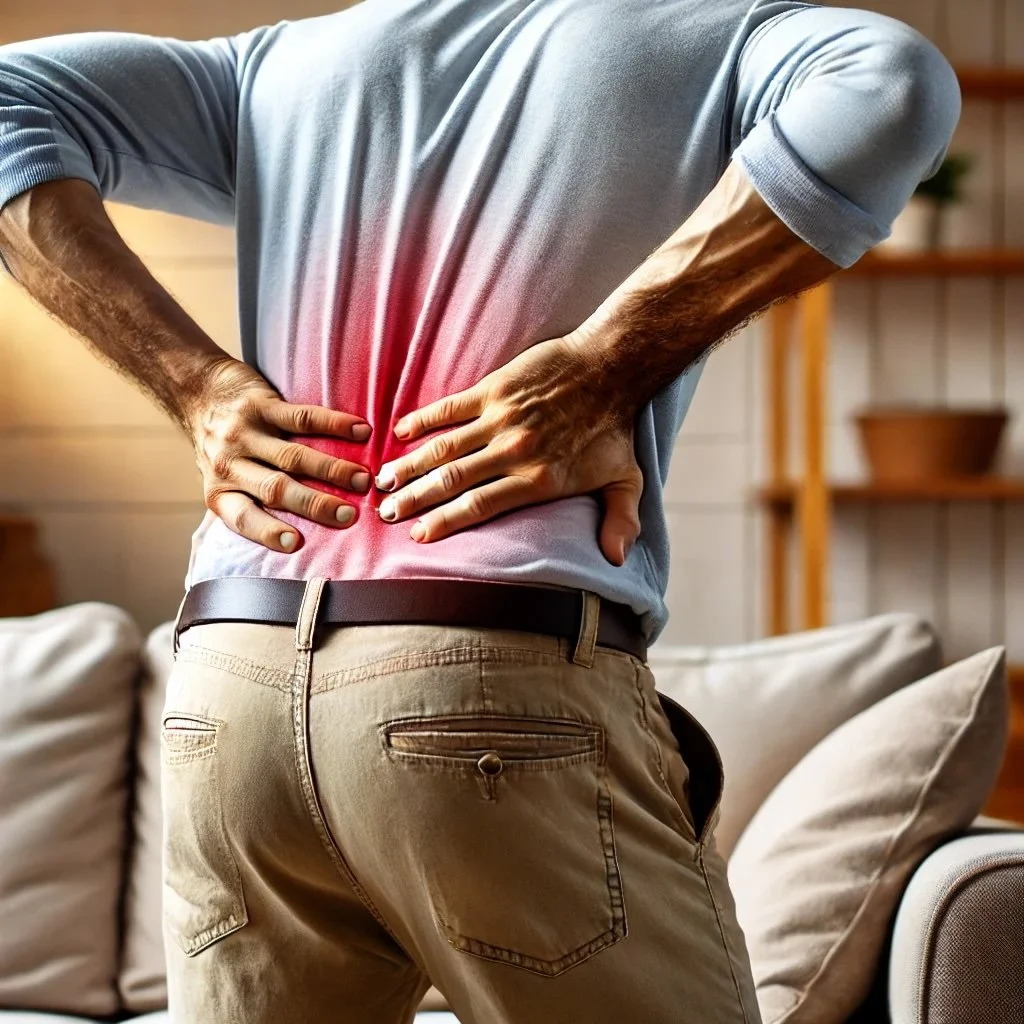3 Signs of Inflammation You Shouldn’t Ignore
Is your pain inflammatory related? Read more to learn about your pain.
Pain eases with movement but returns later – This suggests inflammatory stiffness, not true healing.
Worse at night – Reduced movement and natural inflammatory processes can make pain more noticeable.
Next-day stiffness – Your body is struggling to recover, possibly from swelling or tissue irritation.
Occasional inflammation is normal, but chronic inflammation can lead to joint degeneration and persistent pain. Don’t ignore these warning signs—early intervention can prevent long-term damage.
How to Manage Inflammation Effectively
If you're experiencing inflammation, here are some evidence-based strategies to help reduce pain and support healing:
1. Move Smart
Gentle movement – Low-impact activities (walking, swimming, mobility exercises) help circulation without overloading inflamed tissues.
Modify activity – Avoid movements that worsen pain but keep joints mobile to prevent stiffness.
2. Nutrition for Recovery
Anti-inflammatory foods – Include omega-3-rich foods (salmon, flaxseeds), leafy greens, turmeric, and berries.
Reduce inflammatory foods – Limit processed foods, excess sugar, and trans fats, which can fuel inflammation.
3. Hands-On Treatment
Chiropractic care – Can help with joint function and mobility to reduce strain on inflamed areas.
Massage therapy – Helps with circulation and muscle tension relief.
Targeted rehab exercises – Strengthens supportive muscles to prevent chronic inflammation.
4. Recovery & Lifestyle
Cold therapy – Ice packs can reduce acute swelling.
Heat therapy – A warm compress or shower can ease stiffness (best for chronic cases).
Prioritise sleep – Poor sleep increases inflammatory markers in the body.
Manage stress – High cortisol levels can worsen inflammation—try deep breathing, meditation, or light stretching.
If inflammation is holding you back, Epoch Health offers personalised care to help you recover faster and stay active. Book an appointment today!


